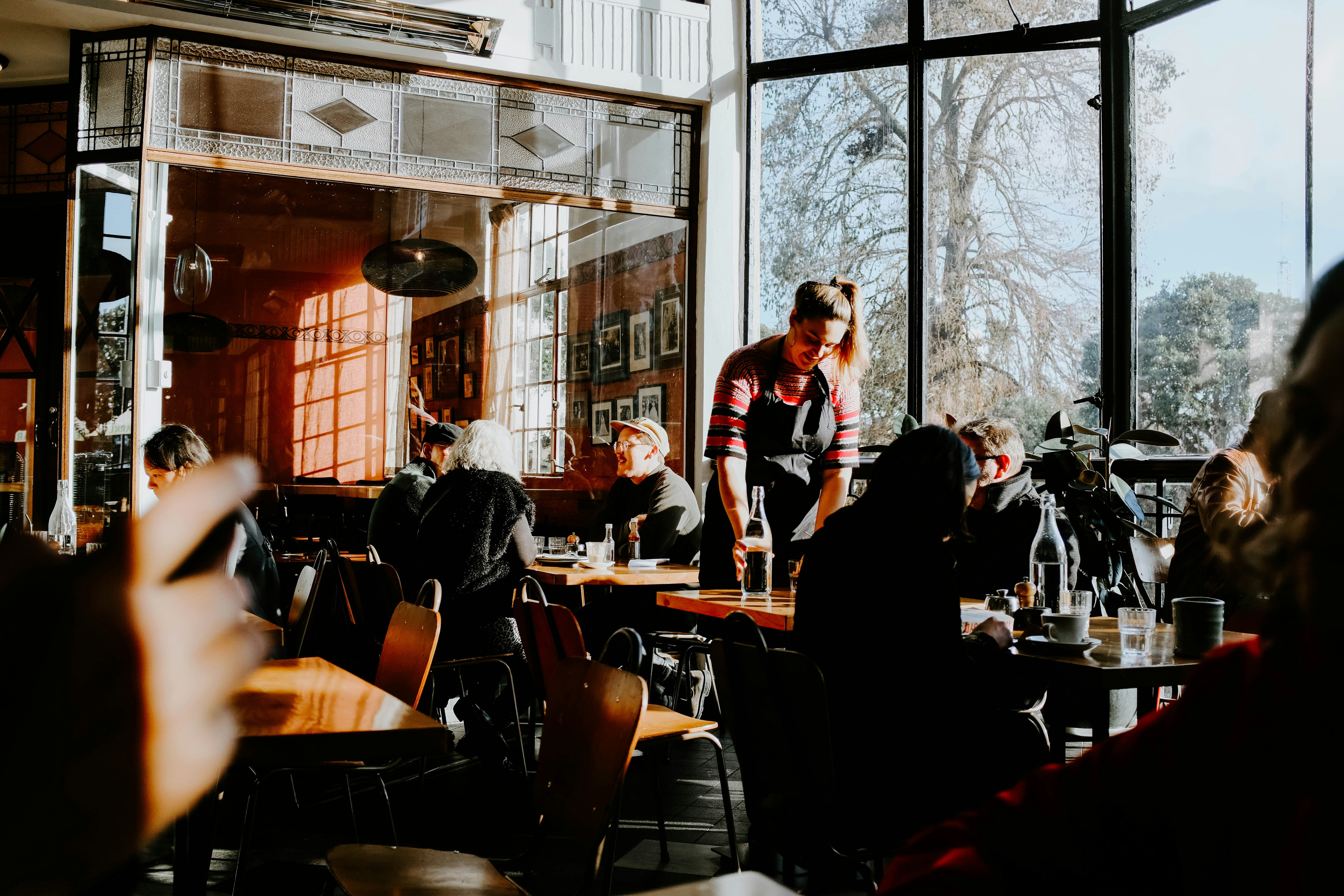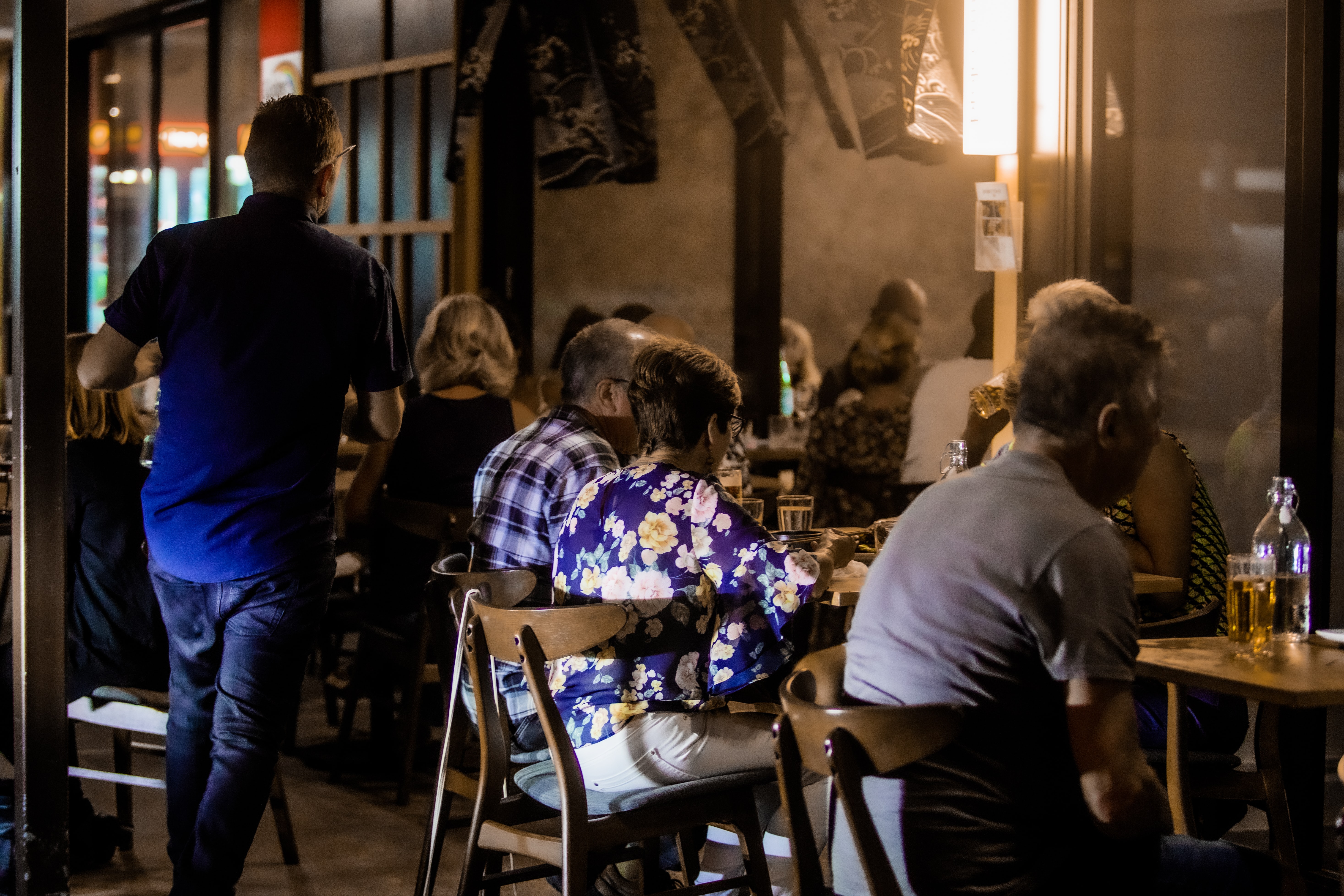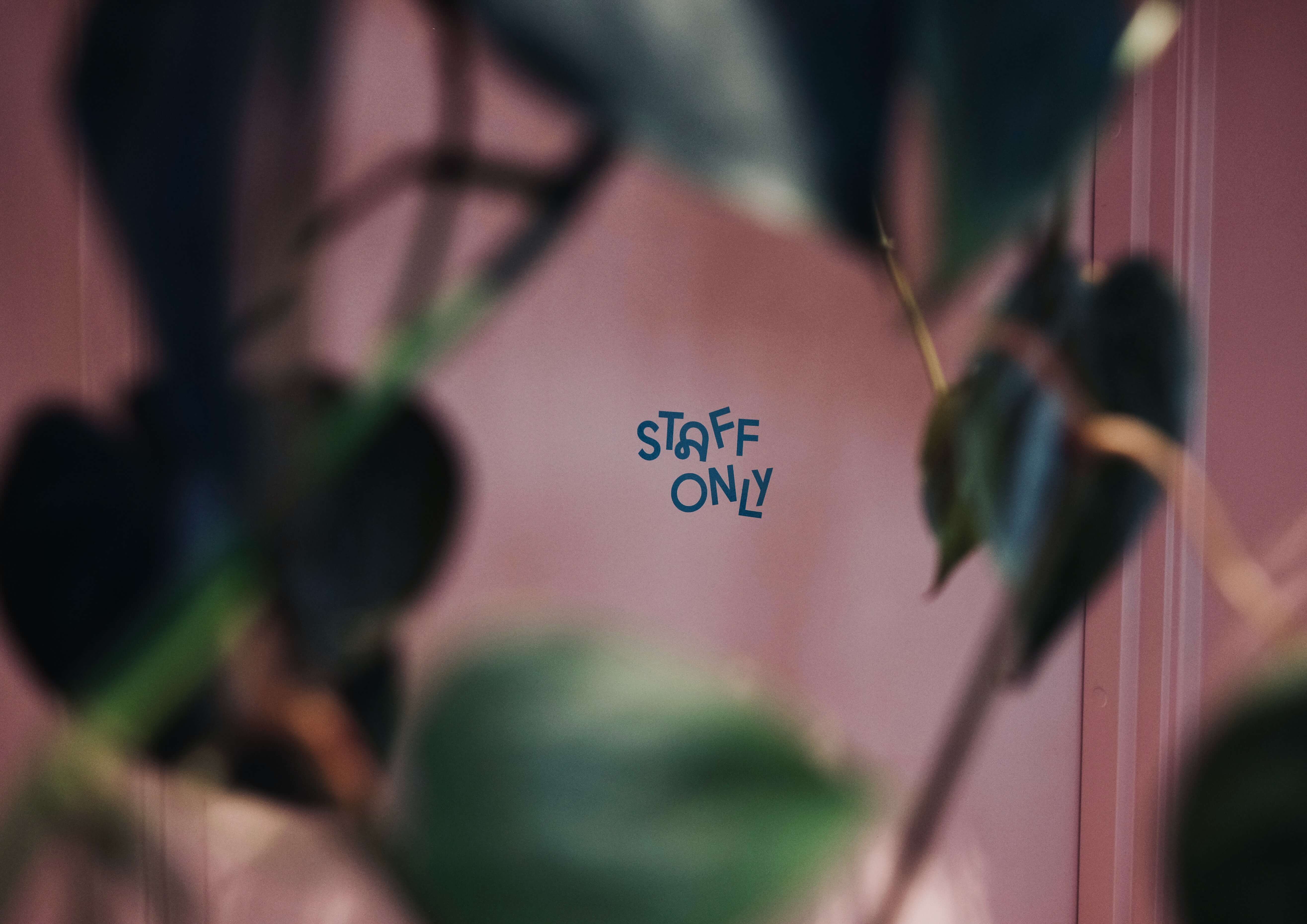Today, businesses in the hospitality industry face fierce competition, and diners are demanding more. In order to deliver the seamless experience customers have now come to expect, businesses need to find ways to become more efficient. Optimising table turnover can be crucial in improving efficiency, maximising revenue and making sure customers leave your business satisfied.
For restaurants, cafes, bistros, and bars across the UK, increasing table turnover rate requires strategic planning and operational efficiency.
In this article, we'll explore:
- What is table turnover?
- Average table turnover rate
- How to calculate your table turnover rate
- How to increase your table covers
What is table turnover?
Each table in your restaurant represents potential takings. Simply put, when you fill seats, you make money. So in order to increase your takings, you need to seat more diners.
This can be done in 2 ways: Increasing the number of tables you physically have on your floor or ‘turning your tables’ faster. Turning tables faster means being more efficient in how many customers you can seat, serve and say goodbye to at those same tables during a trading period, for example, a dinner service. One way to do this is setting an allotted time each customer has booked at their table, for example, 90 minutes, before the next customers need to be seated.
To summarise table turnover rate is a measure you can use to estimate how much profit your business has the potential to make per table, per trading period.
Why is table turnover rate important?
As we’ve mentioned above you can choose to expand your restaurant or open new branches to accommodate more diners. However, not all business owners have this luxury and many hospitality businesses have a fixed capacity. A fixed capacity just means that there’s a set number of people who can fit in an establishment at any one time.
Improving table turnover rate can instead allow hospitality businesses to increase the number of guests they serve, as well as helping them better understand and optimise their seating capacity. Both of which can help boost sales volumes.
What factors can affect table turnover?
Although there are many variables that can affect table turnover rate, they largely fall into two categories - operational procedure and customer demands. Operational procedures are more within your business’s sphere of control, whereas your business can only influence customer demands.
Examples of factors that fall under operational procedure, and are within your control, might be:
- The complexity and/or size of your menu
- Staff efficiency
- Reservation management including staff and technological capabilities
- Service type (think fine dining vs fast-casual dining)
- Interior design and layout of the kitchen and dining area
Factors you will only be able to influence include:
- Guest behaviour
- Guest expectations
For the rest of this article we’re going to focus on the factors that are within your business’ sphere of control.
How to calculate average table turnover rate
The two key calculations you need to know are:
1. Table turnover rate
The number of guests you are able to seat during a fixed amount of time, for example, the dinner service between 7pm-10pm.
The calculation is:
Number of parties served / Number of tables = Table turnover rate
Let’s work through an example: You have 5 tables (or covers) and you seated 15 parties throughout a dinner service. In this example, a dinner service is 7-10pm, a total of 3 hours.
15 parties / 5 tables = Table turnover rate of 3
Your table turnover rate is 3 as each of those 5 tables seated 3 different parties throughout the service.
2. Table turnover time
The average amount of time a party occupies a table during a fixed amount of time. Remember, when you do this calculation, use the same fixed amount of time as the period you’ve used for table turnover rate.
The calculation is:
Total minutes in your dining service / tables turned = Table turnover time
Let’s work through another example using the same dinner service period from above:
180 minutes (our 7-10pm three hour dinner service) / 3 (our table turnover rate) = Table turnover time of 60 (each party spent an average of 60 minutes at your business)
Now that you’ve worked out your table turnover rate and time, you can start to make efficiencies. You’ll also be able to quantitatively measure how much impact any changes you make have on these calculations.
Remember, for both calculations you should use the same fixed period of time. You can then do these calculations for different service periods to understand your turnover rate and time for breakfast, lunch and dinner, depending on what your business caters for. You can also do them by day, week and month.
How to increase your table turnover
Remember, we’re focussing on factors within your business’s control. Although some of these variables will depend on budget, there are cost-effective and budget friendly ways to make your business more efficient. Let’s cover those first:
Improving table layout and seating arrangements
Optimise the layout of your dining area to accommodate the most guests you can without compromising on safety or accessibility. You can get creative here with flexible seating configurations, whether that’s adding in bar seating or trialling communal tables. Flexible seating could increase your table covers while allowing you to cater for different group sizes and preferences.
Streamline your menu
Review your offering and consider the size of your menu. Giving customers too much choice with a huge menu can result in decision fatigue, meaning customers will spend more time choosing a dish. To combat this, try highlighting chef’s specials, spotlighting staff top picks and creating set or taster menus. You could also trial introducing smaller portion sizes and sharing platters to accommodate for quicker dining experiences during services like lunch.
Gently encourage turnover through incentives
Incentivise customers to dine more efficiently with discounts for off-peak hours or time-limited dining promotions. Just make sure you’re clear on the terms and conditions to avoid customer disappointment.
Alcohol is also often a factor in lingering customers as it can slow down dining. If your business focuses on food instead of beverages, and you find that your business is losing money on parties who only stay for drinks, you could trial pricing strategies on your alcohol offering. You could also try implementing corkage fees.
Proactively practise excellent customer service
Deliver exceptional customer service to create a positive dining experience that encourages repeat business and positive word-of-mouth referrals. Train staff to prioritise hospitality, attentiveness, and efficiency while maintaining a welcoming and relaxed atmosphere. Aside from returning again and again, a pleasant experience can encourage customers to spend more, staying for dessert or drinks.
Enhancing staff efficiency through training
Invest in staff training to improve efficiency in service delivery and table turnover. Encourage teamwork and effective communication among staff members to encourage smooth transitions between seating, ordering, and bill payment processes.
The next 4 factors rely on some level of investment and are focussed around enabling your business to be efficient through technology:
Offer quick-service options
You may be well known for dinner but that doesn’t mean you can’t adapt your offering to a lunch service as well and expand your business’s remit. If you choose to, you can introduce quick-service options such as lunch specials, pre-set menus, and grab-and-go items to cater to time-conscious customers.
You can also implement efficient ordering and payment systems. Paying by QR code, investing in a mobile ordering app with digital menus and more reliable payments infrastructure, with features like flexible tipping and splitting the bill, can all expedite the dining process.
Streamline reservations with a restaurant management system
Invest in an efficient restaurant reservation system, like Dojo Bookings, to minimise wait times, optimise table allocation, manage bookings effectively, reduce idle tables and maximise seating capacity. From managing walk-ins to online reservations and saving time with automatic seating and deposits, Dojo Bookings can help you handle bookings with ease.
Choosing a reliable payment method that can integrate with your EPOS
Customers want a seamless experience, from taking their seat to settling their bill. However, the latter is often a source of frustration. Whether it’s flagging the server down, issues with splitting the bill or losing wifi connection, there’s a host of potential pain points for customers and staff alike. With Dojo Pocket, you can switch modes between taking payments and accepting customer orders with just a tap. The handheld payment device has also built-in 4G, so you can say goodbye to Wi-Fi woes.
Don’t just take our word for it, check out our case study on how Maki & Ramen increased table covers by an extra 90 per day, and turnover by 5%, using Dojo card machines and integrated payments.
Remember, while it’s important to be efficient, don’t rush your customers out of the door. Increasing efficiency and optimising table turnover rate doesn’t mean compromising on experience and customer satisfaction, otherwise you could be creating a new set of blockers.
Get in touch today to find out more about how Dojo Bookings and Dojo Pocket can help you manage your restaurant bookings and take payments more efficiently.



